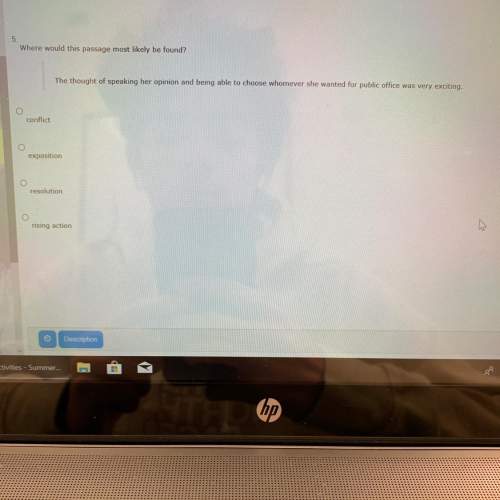
English, 19.10.2021 03:30 nocomprendoplshelp
There never was a time when the world was without fire, but there was a
history of this familiar little object, the match
Fire was first given to man by nature itself. When a forest is set on fire by cinders from a neighboring volcano, or when a tree is set ablaze by a thunderbolt, we may
say that nature strikes a match. In the early history of the world, nature had to kindle all the fires, for man by his own effort was unable to produce a spark. The first
method, then, of getting fire for use was to light sticks of wood at a flame kindled by nature-by a volcano, perhaps, or by a stroke of lightning. These firebrands were
carried to the home and used in kindling the fires there. The fire secured in this way was carefully guarded and was kept burning as long as possible. But the flame,
however faithfully watched, would sometimes be extinguished. A sudden gust of wind or a sudden shower would put it out. Then a new firebrand would have to be
secured, and this often meant a long journey and a deal of trouble.
In 1827, John Walker, a druggist in a small English town, tipped a splint with sulphur, chlorate of potash, and sulphid of antimony, and rubbed it on sandpaper, and it
burst into flame. The druggist had discovered the first friction-chemical match, the kind we use to-day. It is called friction-chemical because it is made by mixing certain
chemicals together and rubbing them. Although Walker's match did not require the bottle of acid, nevertheless it was not a good one. It could be lighted only by hard
rubbing, and it sputtered and threw fire in all directions. In a few years, however, phosphorus was substituted on the tip for antimony, and the change worked wonders
The match could now be lighted with very little rubbing, and it was no longer necessary to have sandpaper upon which to rub it. It would ignite when rubbed on any dry
surface, and there was no longer any splittering. This was the phosphorus match, the match with which we are so familiar
Read this sentence from the text:
But the flame, however faithfully watched, would sometimes be extinguished. How does this line show the oroblem with eariv fire?
O It shows how dependable nature is.
O it shows how people got fire.
It shows how long it took to create malciles.
O it shows the need for matches

Answers: 2


Other questions on the subject: English

English, 22.06.2019 02:00, LadyHolmes67
Match the academic requirements with the careers. technical program bachelor's degree high school diploma equal opportunity officer arrowright court reporter arrowright security officer arrowright
Answers: 2

English, 22.06.2019 04:20, americus777oz2aze
In describing jimmy wells as the truest, most loyal fellow, what tone is conveyed
Answers: 3

English, 22.06.2019 16:00, smmailloux2335
In "the grateful stork," the old man is in a rush to get to town but stops to a trapped stork. what does this most likely tell the reader about the old man
Answers: 3
You know the right answer?
There never was a time when the world was without fire, but there was a
history of this familiar l...
Questions in other subjects:



Mathematics, 26.02.2020 03:10


Mathematics, 26.02.2020 03:10



World Languages, 26.02.2020 03:10


Spanish, 26.02.2020 03:10




